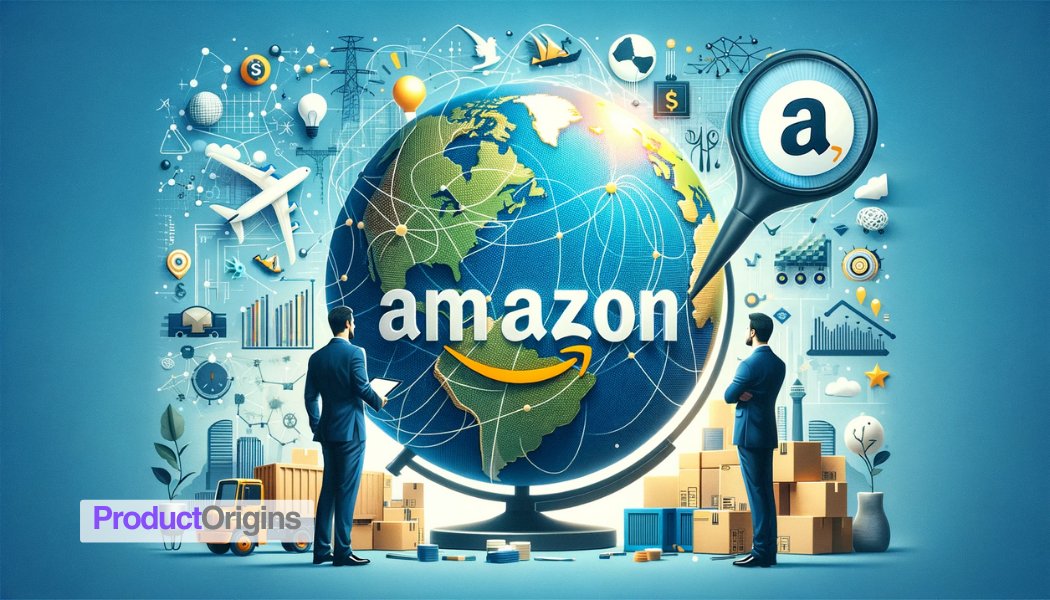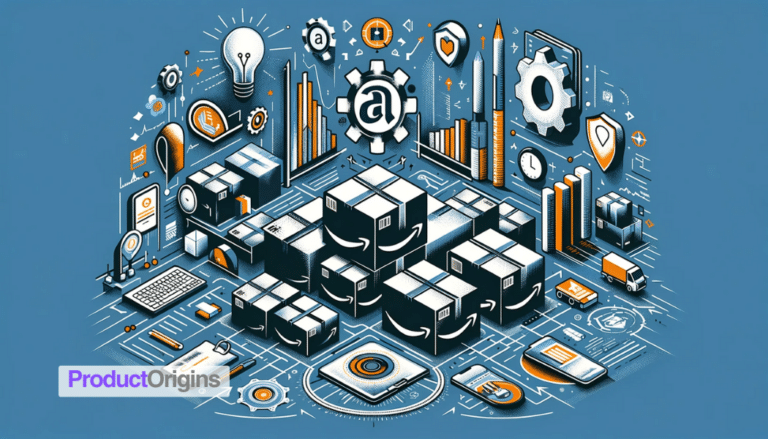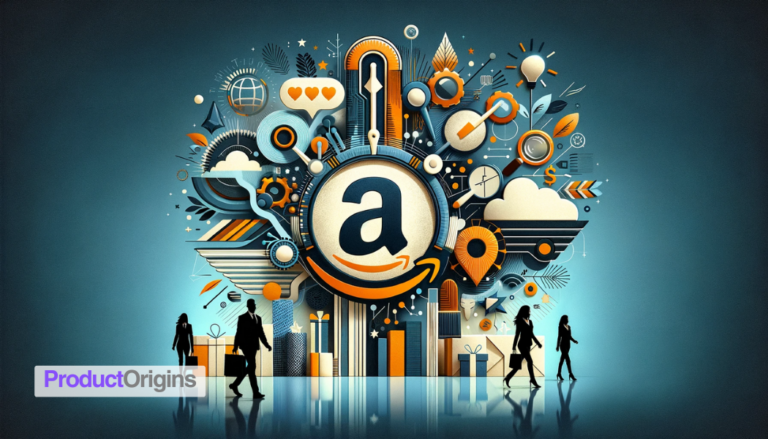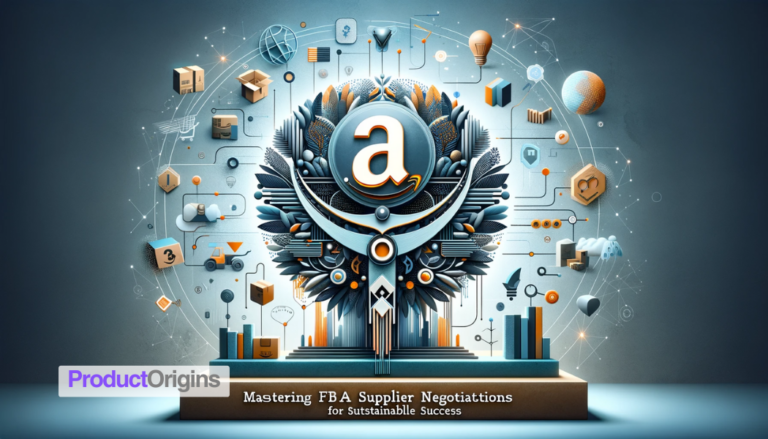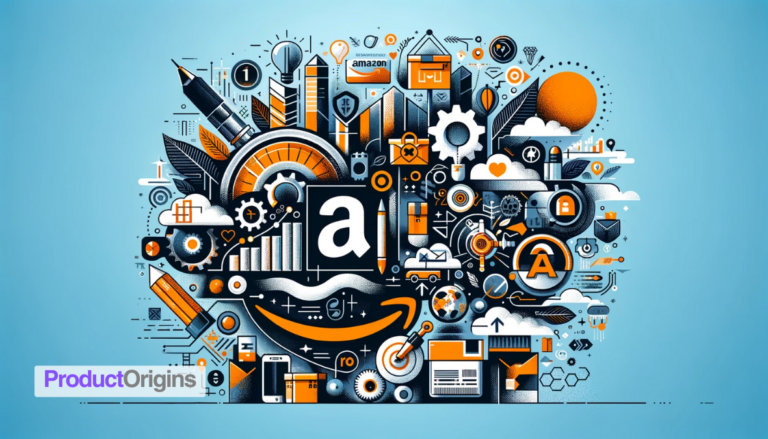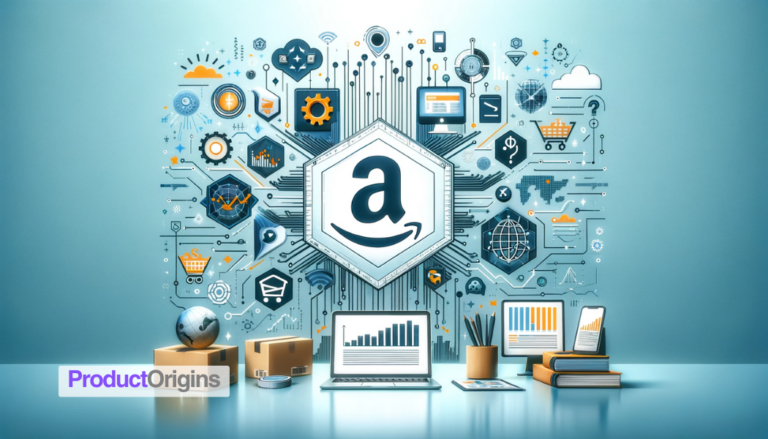As an Amazon FBA seller, finding reliable overseas suppliers that can provide high-quality products at competitive prices is critical to the success and profitability of your business. However, navigating the global supplier landscape can be daunting for e-commerce entrepreneurs without connections or international trade experience.
I will share my experience and strategies for importing and private-label manufacturing in this guide. By following these practical steps for supplier sourcing, vetting, relationship building, and risk mitigation, you can confidently forge partnerships with overseas vendors to meet your exact specifications and exceed expectations.
Supplier Sourcing Channels
The first step is identifying prospective suppliers through the myriad channels connecting export-ready manufacturers, factories, and trading companies with international buyers. Here are the main options to consider:
Online Directories
Online sourcing platforms like Alibaba, GlobalSources, and Made-In-China enable you to quickly find suppliers based on product category, location, production capabilities, and minimum order volumes. You can post RFQs and easily communicate to get quotes and product samples.
Pros: Convenient search functions, supplier verification services, and built-in communication tools.
Cons: Many small/untested suppliers, duplicates, saturated with buyers.
Trade Shows
Attending trade shows allows you to meet with hundreds of suppliers in a few days to assess product quality and build relationships. Major shows include the Canton Fair in China and Global Sources trade shows.
Pros: Immediate product inspection, body language/in-person communication.
Cons: Significant travel expenses. Follow-up can still be difficult
Sourcing Agents
Third-party sourcing agents based in manufacturing hubs like China, India, and Southeast Asia provide on-the-ground audits, supplier qualification, price negotiation, and quality control oversight as an extension of your team.
Pros: Local insight, vetted suppliers, product inspections, QC oversight
Cons: Adds cost; some agents work on supplier commissions
Direct Manufacturer Contact
Once you’ve determined the exact products you want to source, identifying and contacting the manufacturers directly can yield better pricing as you cut out the middleman. Resources include manufacturer directories, Google searches, and referrals.
Pros: Better pricing, direct communication
Cons: Time and effort to find contacts, language barriers, lack of vetting
As you likely gleaned, each channel has unique upsides and downsides. I recommend researching across multiple platforms and creating a master list of prospective suppliers for further vetting and due diligence…
Vetting and Due Diligence
The vetting process is all about separating the wheat from the chaff – filtering out the fraudulent, inexperienced, or lower-quality suppliers from those capable of delivering the products you need at scale.
Here are the four pillars of effective supplier due diligence:
Company Verification
- Confirm official company details, including website, address, registration docs, and contact info. Resources like Panjiva provide official supplier data.
- Cross-check for blacklisted entities using databases like the FDA’s Import Alerts and customs cargo seizures data.
- Review available financial records to assess business health and continuity assurance.
Product Testing
- Order samples to inspect product quality, accuracy, and consistency firsthand
- Send to certified testing labs for chemical composition analysis, safety testing, etc. based on product type
Quality Control Procedures
- Assess current QC measures like machine calibration, component sourcing, assembly methods, and final inspections.
- Define your own QC criteria aligned to product specifications and ensure supplier agreement.
Financial Stability
- Review recent year financial statements – income statements, balance sheets, cash flow statements.
- Analyze financial ratios like liquidity, turnover rates, and profitability margins.
- Check for potential red flags – high debt, AR issues, legal proceedings
Now, you have verified supplier candidates that meet your business requirements. The next step is forging strong communication channels and relationships with one or more suppliers to collaborate closely on delivering quality products to your Amazon FBA facilities…
Communication and Relationship Building
Forging open and responsive communication with overseas partners is essential but can be hindered by language barriers, technology constraints, and cultural differences. Here are my top strategies:
Effective Email Strategies
- Keep emails clear, concise, and professional
- Summarize complex requests in bullet points
- Ask specific close-ended questions
- Add visual examples whenever possible
- Limit attachments that may not open properly
- Set expectations on response times
Cultural Sensitivity Tips
- Investigate business culture in your suppliers’ region – communication styles and etiquette can differ greatly from Western norms.
- Avoid idioms, sarcasm, and slang, which likely won’t translate
- Be prepared to engage in more small talk and social niceties before getting to business
Translation Tools and Platforms
- Install browser extensions for instant website translation, like Google Translate.
- Use apps like SayHi, which allow real-time video call translation
- Hire professional interpreters for complex contract negotiations
As relationships progress, also aim to meet face-to-face and arrange site visits at the suppliers’ production facilities when possible. Now it’s time to formalize mutually agreeable contract terms…
Contract Negotiation and Terms
Well-crafted purchasing agreements protect your interests while aligning incentives for a profitable long-term relationship with your supplier partners. Be sure to define specifics around:
Minimum Order Quantities (MOQs)
Suppliers naturally want to maximize production efficiency, which leads to pressures for high MOQs that force inventory risk onto buyers. Negotiate reasonable batch sizes that allow testing smaller product launches before going all-in.
Payment Methods
There are pros and cons to common terms like deposits/prepayment, letters of credit, and payment on delivery. Balance protection against risk – I often use a smaller deposit to ensure production, with the bulk upon approved QC.
Warranties
Specify acceptable defect rates and response times – e.g., less than 2% with timely replacements at the supplier’s expense.
Intellectual Property Rights Protection
Register trademarks and patents in your home country and the supplier’s region. Require non-disclosure agreements and manufacturing exclusivity (especially for private label goods).
With aligned agreements in place, it’s time to map product delivery from your supplier’s facilities to Amazon’s fulfillment centers…
Logistics and Shipping
Unless you’re sourcing minimal quantities of lightweight goods, utilizing freight forwarders to coordinate shipping, customs, and final mile delivery will save massive headaches. Considerations include:
Shipping Methods
Ocean shipping takes over a month in transit but offers very low cost per unit – ideal for high quantity orders where long lead time isn’t an issue.
Air shipping cuts transit to under a week but has much higher costs – better for smaller orders or perishable goods where lead time is critical.
Managing Customs Clearance
Research HS product codes, duty rates, and import regulations for the products you’re sourcing to avoid any surprises or delays in customs.
Leverage your freight forwarder’s expertise in navigating customs documentation and clearance processes as efficiently as possible.
Cost Optimization Strategies
Compare rates between freight forwarders, and don’t be shy about negotiating – the market is highly competitive.
Consider warehousing goods domestically to enable quicker last-mile delivery and just-in-time restocking while clearing customs.
With plans formalized across sourcing, production, quality control, shipping, and delivery – you’re nearly ready to receive your first overseas shipment! But it’s equally important to mitigate key risks proactively…
Risk Mitigation and Contingency Plans
International supply chains inherently involve financial, operational, and legal risks that can devastate your business. Implementing contingency plans is invaluable if things go sideways:
Scam and Fraud Prevention
- Maintain consistent skeptical due diligence even with existing partners
- Structure payments with milestones and escrows rather than upfront lump sums
- Diversify across multiple suppliers to avoid over-reliance on any one source
Legal Considerations
- Consult a contract lawyer when creating and negotiating agreements
- Ensure proper insurance coverage for inventory, shipment, and general business risks
Dispute Resolution Mechanisms
- Include mediation and arbitration clauses in contracts to define processes if conflicts arise.
- Have trusted advisors in place with expertise in cross-border trade disputes
By investing upfront in structuring robust risk management controls and plans, you’ll have the confidence to take the leap of faith into overseas sourcing – which, more often than not, results in greatly expanded profit margins and possibilities for your FBA business when done right!
In Closing
International supply chains undoubtedly add complexity compared to domestic-only e-commerce models. But by approaching overseas sourcing as a learnable skill – arming yourself with the proper knowledge and resources – you can tap into global trade’s nearly limitless potential.
As discussed in this guide, meticulously vetting your suppliers, formalizing strong contracts, securing contingent backup plans, and bridging cultural divides take time but put your business on firm footing for the long haul. I’m always happy to offer personal advice or introductions to reputable partners across major manufacturing hubs worldwide – feel free to get in touch anytime.

